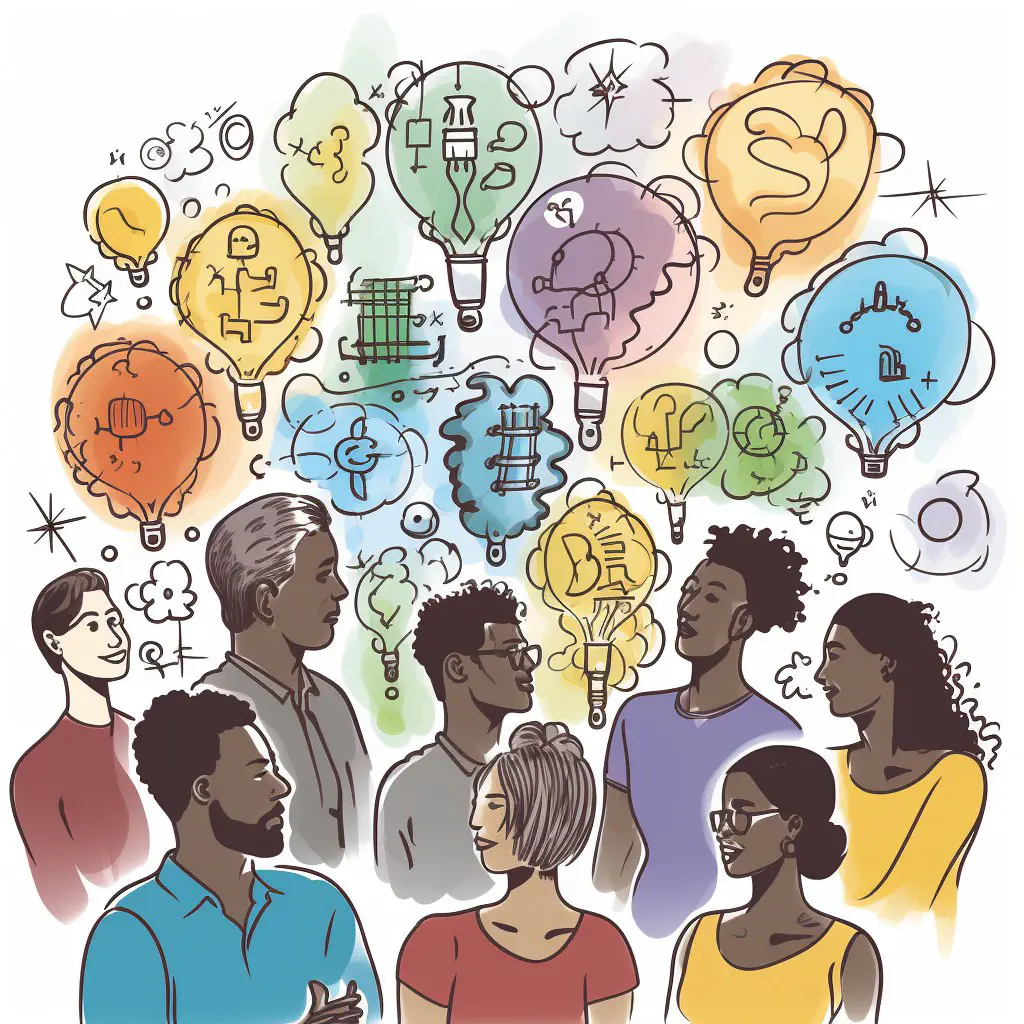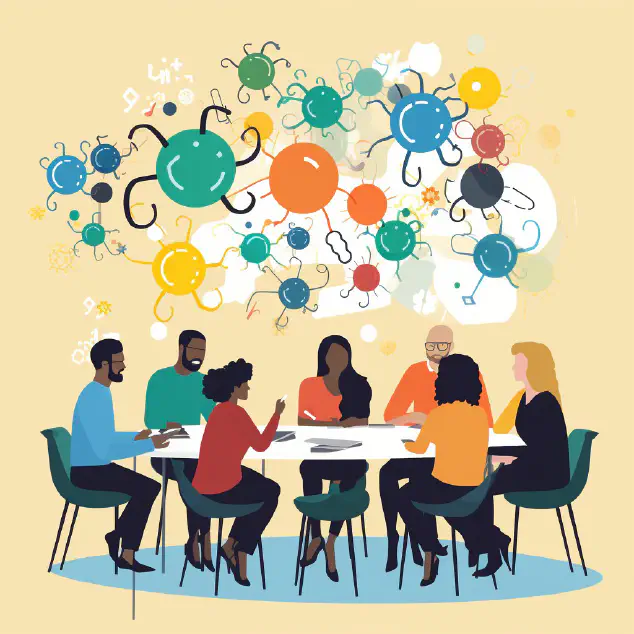
Have you ever heard of the phrase “two heads are better than one”? It refers to the power of collaborative thinking, which involves bringing together a group of individuals with diverse perspectives, experiences, and skills to solve complex problems and make better decisions. Collaborative thinking can lead to better outcomes than when individuals work alone, as it harnesses the collective intelligence of a group. In this blog post, we’ll explore the benefits of collaborative thinking and provide some tips on how to harness the power of group intelligence.
What is Collaborative Thinking?
Collaborative thinking is a process of working together to solve problems and make decisions. It involves bringing together individuals with different backgrounds, perspectives, and expertise to contribute their unique ideas and insights. The goal of collaborative thinking is to create a more comprehensive and effective solution than what any individual could come up with on their own. Collaborative thinking can be applied in a wide range of settings, including business, education, healthcare, and government.
The Benefits of Collaborative Thinking
Collaborative thinking offers several benefits over individual thinking, including:
1. Diverse Perspectives
When individuals with different backgrounds and experiences come together, they bring a range of perspectives to the table. This diversity can lead to more creative and innovative solutions, as ideas are challenged and expanded upon in ways that wouldn’t happen if everyone had the same perspective.
2. Increased Knowledge and Skills
Collaborative thinking can also lead to increased knowledge and skills. As individuals share their expertise and learn from one another, they can expand their understanding of the problem and potential solutions.
3. Better Decision-Making
Collaborative thinking can lead to better decision-making by considering all possible options and weighing the pros and cons of each. It can also help to identify potential risks and challenges that may not have been apparent to individuals working alone.
4. Increased Buy-In and Support
When individuals have had a say in the decision-making process, they are more likely to support and take ownership of the solution. Collaborative thinking can lead to increased buy-in and support, which is essential for successful implementation.
5. Improved Relationships
Collaborative thinking can also improve relationships between team members. By working together and valuing each other’s contributions, individuals can build trust and respect for one another, leading to stronger working relationships.
How to Harness the Power of Group Intelligence
To harness the power of group intelligence, consider the following tips:
1. Define the Problem
Before starting any collaborative thinking process, it’s important to define the problem or challenge clearly. This will ensure that everyone is working towards the same goal and has a shared understanding of what needs to be solved.
2. Choose the Right Participants
Select participants who have diverse perspectives, experiences, and expertise relevant to the problem or challenge. It’s also important to consider personalities and communication styles to ensure that everyone can work together effectively.
3. Create a Safe Space
Collaborative thinking requires a safe space where individuals can share their ideas without fear of judgment or criticism. Create ground rules that promote respect and encourage open dialogue.
4. Facilitate the Process
A facilitator can help to guide the collaborative thinking process, ensure that everyone has an opportunity to share their ideas, and keep the conversation on track. The facilitator should be impartial and encourage participation from everyone.
5. Encourage Active Listening
Active listening is essential for collaborative thinking. Encourage participants to listen actively to each other’s ideas, ask questions for clarification, and build upon each other’s contributions.
6. Embrace Divergent Thinking
Divergent thinking involves generating a wide range of ideas and possibilities without judgment. Encourage participants to embrace divergent thinking and generate as many ideas as possible, even if they seem far-fetched or unconventional.
7. Converge on a Solution
Once a range of ideas has been generated, it’s important to converge on a solution that is feasible, effective, and supported by the group. This can involve synthesizing ideas, identifying common themes, and evaluating the pros and cons of each potential solution.
8. Follow Through on Action Items
Collaborative thinking is only effective if action is taken. Ensure that action items are clearly defined, responsibilities are assigned, and timelines are established for follow-through.
Conclusion
Collaborative thinking can be a powerful tool for solving complex problems and making better decisions. By bringing together individuals with diverse perspectives, experiences, and expertise, collaborative thinking can harness the power of group intelligence to create more comprehensive and effective solutions than what any individual could come up with on their own. To harness the power of collaborative thinking, define the problem, choose the right participants, create a safe space, facilitate the process, encourage active listening, embrace divergent thinking, converge on a solution, and follow through on action items. By following these tips, you can unlock the power of group intelligence and achieve better outcomes.



